Can you really catch leprosy from an armadillo?
They're weird, but it may not be as bad as you think

When I was growing up, armadillos were from Florida. We would drive down to visit my grandparents and I’d crane my head to see the eerie armored creatures squashed on the roadside. They looked like a miniature cross between a kangaroo and a rhinoceros. Sometimes, while camping at Cumberland Island, they would rustle into our campsite in the twilight of evening, snuffling through leaves and sounding much larger than they actually were.
People saw them as pests, constantly digging holes in their immaculate lawns and blindly getting run over on major highways. I was told to never approach one – alive or dead – because they carried leprosy.
Fast forward 30 years or so, and lo and behold, armadillos started showing up in north Georgia – first as roadkill, since they’re nocturnal, and then as they grew in number people began to see them in yards and neighborhoods at dusk. The planet has warmed, and their livable territory has inched northward each year.
Most folks I know call them “possum on the half shell” and do their best to eradicate them. One hiking friend has trapped and killed about 14 on his property. They leave distinctive cone-shaped holes where they dig into the lawn and leaf litter of the forest. Since they’re considered invasive, and if they really do carry leprosy, it’s understandable why folks wouldn’t want them around.
But then Andrew and I began to notice an interesting correlation – at the same time the armadillos showed up on our property (we first noticed them about five years ago) we began to find far fewer yellow jackets nests in the ground. Since Andrew is deadly allergic to all kinds of bees, we are diligent about watching for the telltale signs of yellow jackets, which always seem to build their nests around the 4th of July weekend. Running over a yellow jacket nest with the lawn mower is an extremely unpleasant (and in Andrew’s case, possibly deadly) experience. Each summer we’d kill around 12-15 nests in the early weeks of July, but in the past few years we’ve found just a handful of nests.
Could the armadillos be helping us eradicate the yellow jackets? Should we really be scared of the armadillos and their possible diseases? Which is worse – catching leprosy or anaphylactic shock from bee venom?
Can you really catch leprosy from an armadillo?
For those of you outside North and South America, armadillos are small, armored mammals about the size of an opossum that eat insects and grubs from the forest floor.
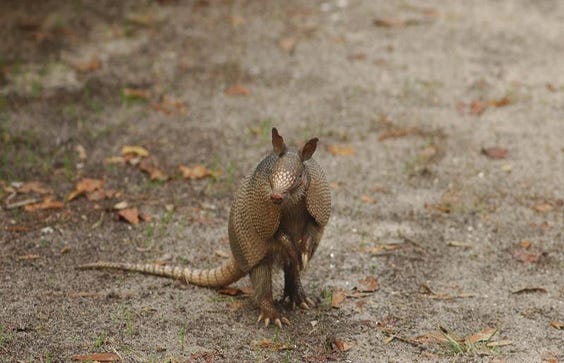
Despite looking like a tiny kangaroo or opossum, they’re actually related to sloths and anteaters. They originated in Latin America, but have gradually been moving northward as the planet warms to the point they’ve been spotted outside New York City and just south of Oregon.
Here in the U.S., we only see the 9-banded armadillo, but the 3-banded armadillo from Brazil can roll up completely into a ball:

Even though they’re incredibly adorable in this picture, the little creatures DO carry leprosy. (Probably best not to hold one in your hands without gloves like the person above) They are thought to have originally caught leprosy from the first European settlers, who were busy passing around all the diseases to the human natives and probably didn’t notice when a little leprosy went missing.
So, what is leprosy? Otherwise known as Hansen’s disease, it doesn’t seem to cause one’s fingers and toes to fall off, which is what I thought as a child. Instead, it causes ulcers and skin numbness along with muscle paralysis. The only thing that appears to fall off is your eyebrows and eyelashes.
Scientists aren’t sure how it spreads, but believe it’s a respiratory disease caught when an infected person or animal sneezes or coughs droplets that contain the bacteria. It takes prolonged contact to catch it from others, however – prolonged as in months of close contact. Even then, it can take 3-7 years before symptoms appear, so you’ll definitely have trouble backtracking how you caught it.
The CDC reports that while about 20% of armadillos do carry the bacteria, it’s unlikely that you’ll catch it from them. As long as you don’t handle them or eat them. Here in the U.S., we have about 200 new cases of leprosy per year (overall – not just from armadillo exposure); whereas in Brazil, where it’s much more common to hunt and eat armadillos, there are 25,000 new cases each year.
So as long as you don’t touch an armadillo, you should be safe from disease. Their only real drawback is the holes they leave in your yard, but that’s not necessarily a bad thing because I found they DO dig up yellow jackets’ nests:
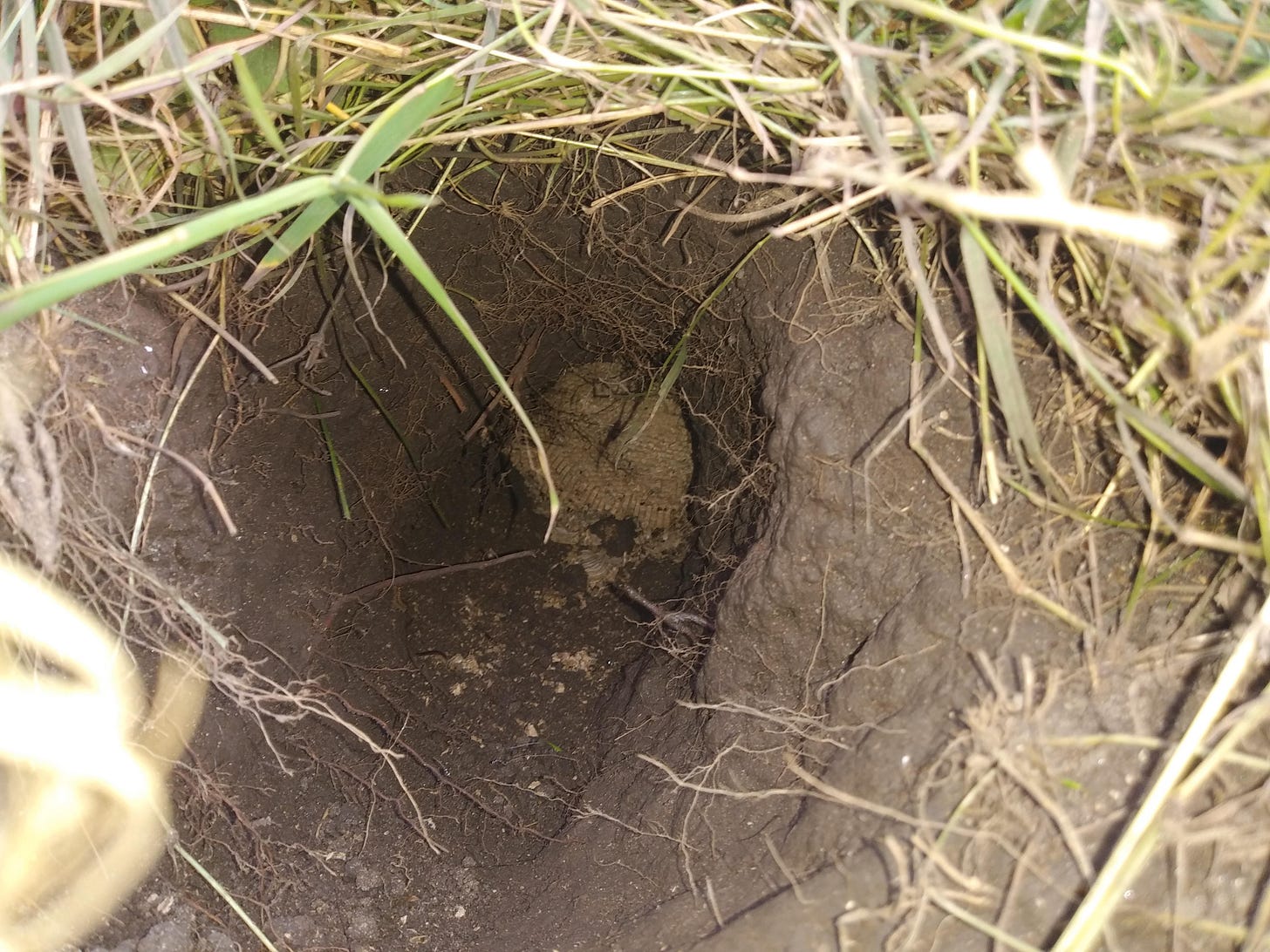
Armadillos (and also skunks, opossums, and bears) like the protein provided by the larva and aren’t really that bothered by the stings.
As a matter of fact, I discovered that a natural way to get rid of pesky yellow jacket nests is to put a spoonful of peanut butter on a stick and lay it next to the entrance in the evening. Armadillos will arrive to eat the peanut butter and then dig up the nest as a tasty dessert. Honey also works as an attractant, apparently.
Just don’t startle an armadillo – when you do, they will spring 3-4 FEET straight into the air, which I can attest to when I accidentally ran over one while mountain biking. An animal that small shouldn’t be able to jump chest-high, but it can. This behavior is supposed to scare away predators, and I’ll just say it’s effective.
My vote is to keep these little guys around – since they’re mostly nocturnal, it’s doubtful that we’ll see much of them and we’re very unlikely to catch any leprosy. Plus, they’re doing us a great service by hunting down yellow jackets.
Book Recommendation:
If you enjoy reading nonfiction, you might want to check out Krakatoa: The Day the World Exploded: August 27, 1883 by Simon Winchester. The author feels like an extremely knowledgeable professor-type who you wouldn’t mind getting stuck in a corner with at a boring party. He tells a very thorough tale about the fifth greatest volcanic explosion in Earth’s history, the biggest since modern times, with plenty of asides and footnotes that are definitely worth reading (e.g., the first Brit to receive notice of faraway waves from the Krakatoa tsunami was Sir George Darwin, Charles Darwin’s son, who was known for questionable contributions to astronomy, writing papers on contemporary fashion, and claiming to never work more than three hours per day).
Krakatoa is situated at the intersection of two tectonic plates and also serves as a hinge point between Sumatra and Java, which have been found to be closing like a book ever so slightly. Winchester describes everything leading up to the eruption, going back as far as the Dutch taking over the area from the Portuguese in the 1500s as well as thoroughly explaining subduction zones and how the science of volcanos evolved over the years.
He keeps it mostly entertaining until the big event, which produced sound waves as far as 3,000 miles away, pressure waves that circled the Earth 7 times, and a tsunami that killed tens of thousands. The dust from the eruption stayed in the atmosphere for years and noticeably lowered the Earth’s temperature, impacting the growing season. For months, people encountered floating rafts of pumice carrying human and animal remains as far away as Africa. In short, Krakatoa was a fearful catastrophe that disappeared an entire island, and yet Anak Krakatoa (Son of Krakatoa) is rising out of the sea again and is currently over 2,000 feet high.





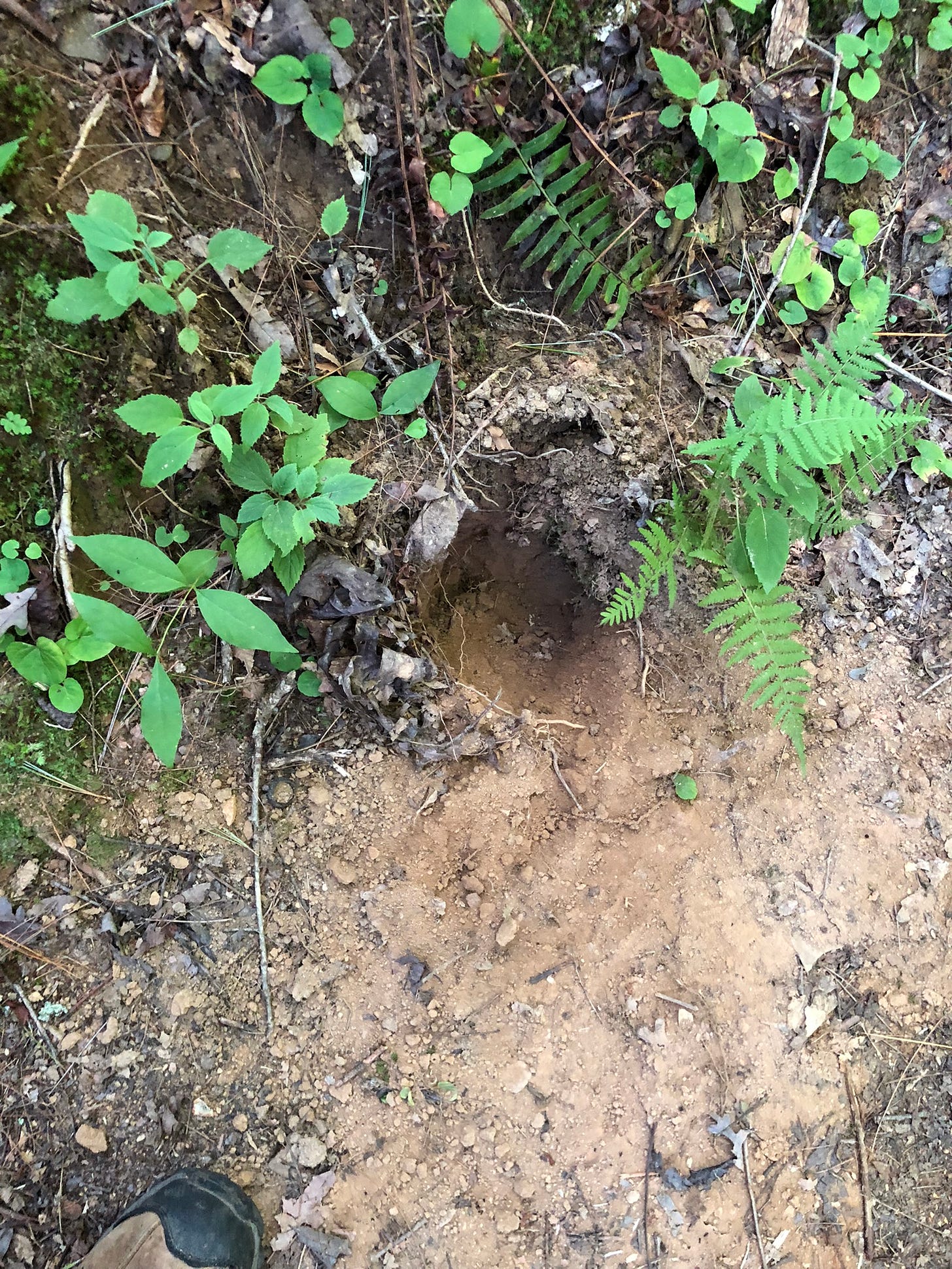
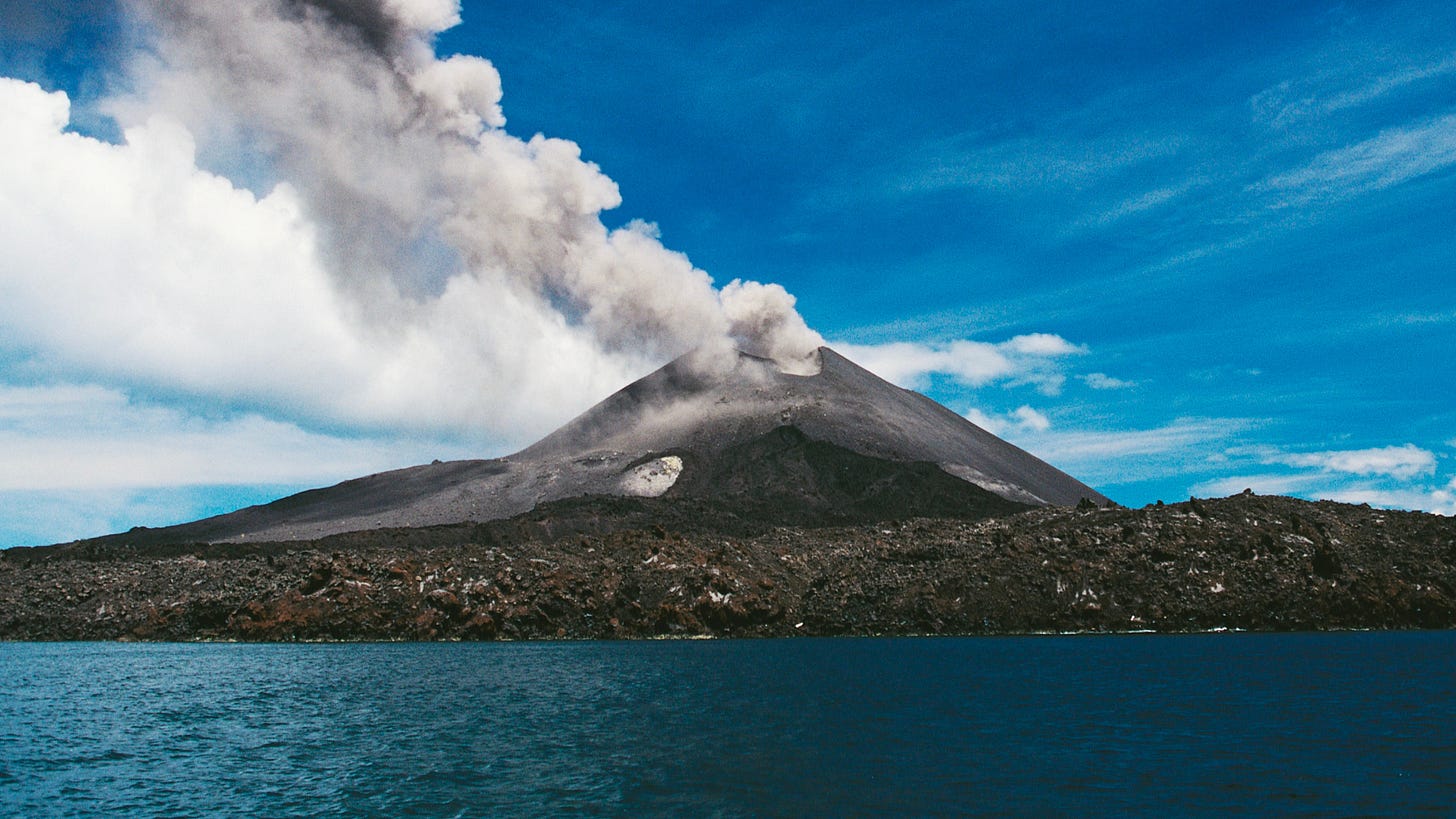

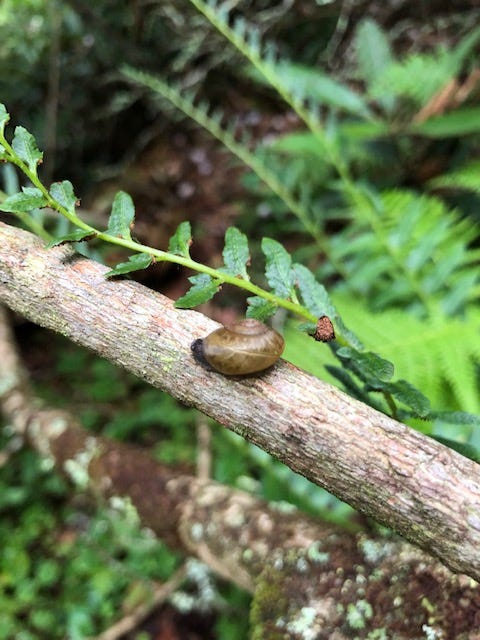
Oh, they are cute, and eating yellowjacket nests is a real bonus. Also, I loved Krakatoa by Simon Winchester. One of the books I want to write (and there are many of them) was inspired by that book (it's about Mt Erebus).
You've convinced me - I'm Team Armadillo. Although I can't say I wasn't before - just never thought about it in the Northeast. And Wincester's book Krakatoa is wonderful (like all his books).